
An expert in the management of diabetes provides insight into common challenges leading to low rates of diabetic retinopathy screening in primary care settings, highlighting the need to increase access to care.


An expert in the management of diabetes provides insight into common challenges leading to low rates of diabetic retinopathy screening in primary care settings, highlighting the need to increase access to care.

Wade Brosius, DO, and Steven Peskin, MD, discuss the clinical and economic burden of diabetic retinopathy, highlighting the impact on patients’ quality of life and the health care system.

Allen Dobson, Jr., MD, FAAFP; Wade Brosius, DO; and Shelton Hager, MD, provide an overview of diabetic retinopathy and discuss risk factors leading to its pathogenesis.

An expert in diabetes management discusses the role of CGMs in treating diabetes during the COVID-19 pandemic and the benefits of using CGM in telemedicine.

Dr Diana Isaacs provides insight on patient factors to consider for CGM use in diabetes treatment.

Diana Isaacs, PharmD, BCPS, BCACP, BC-ADM, CDCES, reviews the advantages of CGMs in treating type 1 and type 2 diabetes and how CGMs can improve glycemic control and quality of life in patients.

In patients with type 2 diabetes and chronic kidney disease with and without history of CVD, finerenone was associated with improved CV and kidney outcomes.

DiabetesWise Pro, created at Stanford University, provides an unbranded, unbiased guide to matching diabetes technology to patient needs, access, and lifestyle.
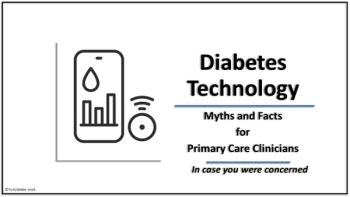
Initiating diabetes technology of any kind is a big step for patients, but also for a lot of primary care clinicians. If you have concerns, these myths and facts are for you.

ACC 2022: Updated findings further highlight benefit of sotagliflozin treatment in patients with T2D and CKD, regardless of cardiovascular disease presence.

The higher dose of the GLP-1 analogue allows more flexibility for patients with T2D needing to intensify treatment, says manufacturer Novo Nordisk.

Persons with type 2 diabetes who either gained or lost 5% of baseline bodyweight were found to be at higher risk for heart failure, MI, and all-cause death.
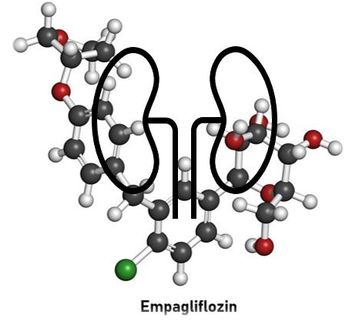
The phase 3 EMPA-KIDNEY clinical trial had just met prespecified criteria for positive efficacy when the study's Independent Data Monitoring Committee recommended the early halt.

Moderate consumption of alcohol with food was significantly associated with a 14% lower risk of type 2 diabetes in a preliminary analysis.
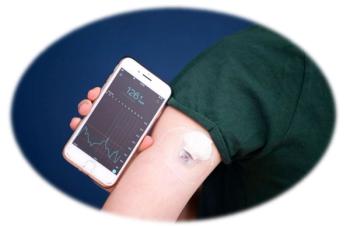
Glycemic variability and low time in range were associated with retinopathy, nephropathy, neuropathy, and CVD in a cohort of more than 20 000 persons, most with T2D.

The landmark approval for the SGLT-2 inhibitor will open access to treatment for the ~ 3 million adults with heart failure with preserved ejection fraction.

t:slim X2 insulin pump users can now program or cancel bolus dosing with the secure t:connect mobile app already on their phones, says Tandem Diabetes Care.

US patients at high CV risk do not receive adequate evidence-based pharmacotherapy, according to large multisite cohort analysis.

Researchers in Taiwan found NOACs were associated with lower hazards of diabetes complications. and death than warfarin in persons with AF and DM.

The 2022 DSMES National Standards update focuses on reducing administrative burden on educators and improving person-centered care for patients.

The 180-day sensor life doubles the period of continuous use and cuts in half the number of CGM removals and reinsertions, without loss of accuracy.

Nearly two-thirds of persons aged younger than 50 years who had an acute ischemic stroke had obesity in a study presented at the 2022 International Stroke Conference.

Higher daily step counts by women aged ≥65 years was associated with reduced risk for incident diabetes, an effect that was modified by the level of stepping intensity.
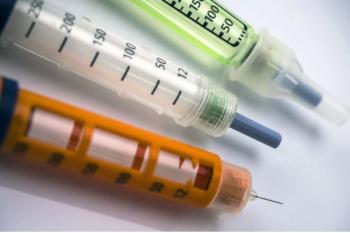
Tirzepatide at 3 different doses significantly improved glycemic control and promoted weight loss when added to titrated insulin in patients with type 2 diabetes.
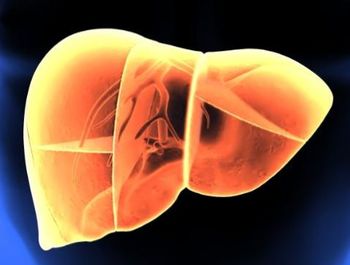
Use of SGLT2 inhibitor and GLP-1 RA therapy in patients with type 2 diabetes appears to confer hepatic protection when compared with use of DPP-4 inhibitors.